7 Reasons There Is No Water In Shower But Sinks Are Fine (Fixed)
The beauty of plumbing is that issues in one area don’t necessarily affect the entire system. For this reason, it shouldn’t come as a surprise to find out there’s no water in shower, but sinks are fine.
The showerhead is the likely culprit if there’s no water in your shower. There could be a clog inside your showerhead or a faulty cartridge. Uninstall the showerhead and test the water again to see whether it comes through. If water comes through, change the cartridge.
In addition, examine any plumbing-connected equipment, like your water purifier and water heater. This post will illustrate how to cope with no water in the shower but plenty of it in the sinks.
Read on to find out more.
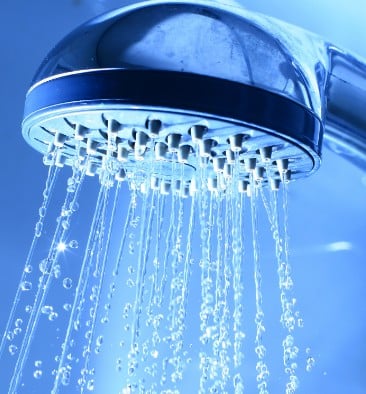
In a rush? Below is a quick guide to troubleshooting this lack of water in the shower problem
No Water In Shower But Sinks Are Fine (7 Causes and Solutions)
| Problem | Recommended Solution | |
| 1. | Broken internal cartridge | Replace the shower cartridge. |
| 2. | Clogged shower head | Clean your shower head. |
| 3. | Frozen pipes | Unfreeze the pipes and contact a professional to examine the problem. |
| 4. | Faulty water purifier | Use bypass valves until you get an expert to fix the purifier. |
| 5. | Leakage within the plumbing system | Cut off the water supply and hire a plumber to fix the leaking. |
| 6. | Faulty shower faucet valve | Remove the shower faucet valve and replace it |
| 7. | Old shower head | Get a new showerhead from a local hardware store or online. |
1. Leaks In The Supply Line Or Water Tank
Massive leaks imply more water loss or wastage and ultimately bloated water bills. Not only that, but the water flow and pressure will drop as well.
More water could be leaking than could reach the shower. In this situation, you’ll observe water trickling from your showerhead, or worse, no water.
The water heater tank might also leak from glaring leaks in your showerhead and faucets.
Fix
Examine your tank for leaking water and the environs for pooled water. You probably have a leaky tank if you notice mold and algae growth.
Contact a qualified plumber as immediately as you detect these issues.

2. Clogging In The Tank Or Supply Lines
Calcium and magnesium sometimes accumulate at the base of the water heater tank. The minerals can also ramp up on the insides of the pipes that deliver water to the shower.
No water in your shower typically indicates that the tanks or water pipes are fully blocked.
Fix
Get certified water heater repair professionals to clear this mineral accumulation.
However, it would be better if you also gave using a water softener in your house a thought. It will lessen the likelihood of future blockages in the tank and supply lines.
Bear in mind that as your water gets softer, you’ll need to check the tank’s anode rod regularly. However, once you have softer water, you will need to have your tank’s anode rod examined more frequently.
Since super soft water, like ultra-hard water, can erode anode rods more quickly, it should be examined at least every year.
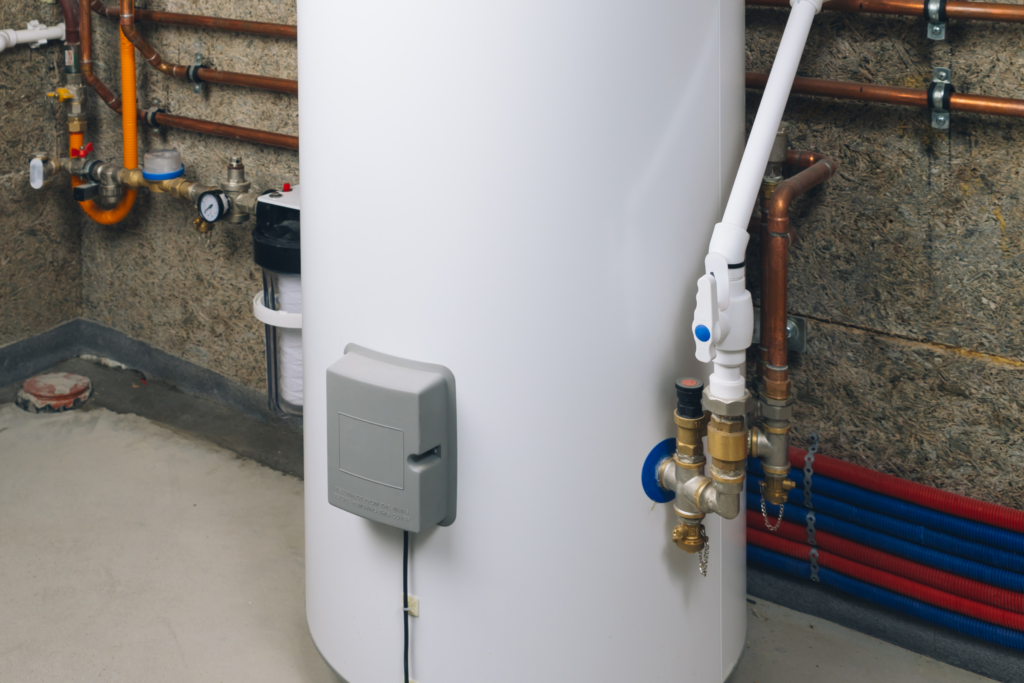
3. A Faulty Shower Valve
The valve is the part of the shower that mixes hot and cold water and sends it to the showerhead or the shower faucet.
If the shower cannot turn on, it is almost definite you have a faulty valve. Faulty valves might also end up causing the shower handle to become stuck or generate strange grinding noises.
Fix
Replace the damaged ring. If, on the other hand, the cartridge breaks, you will almost certainly need to change the entire valve.
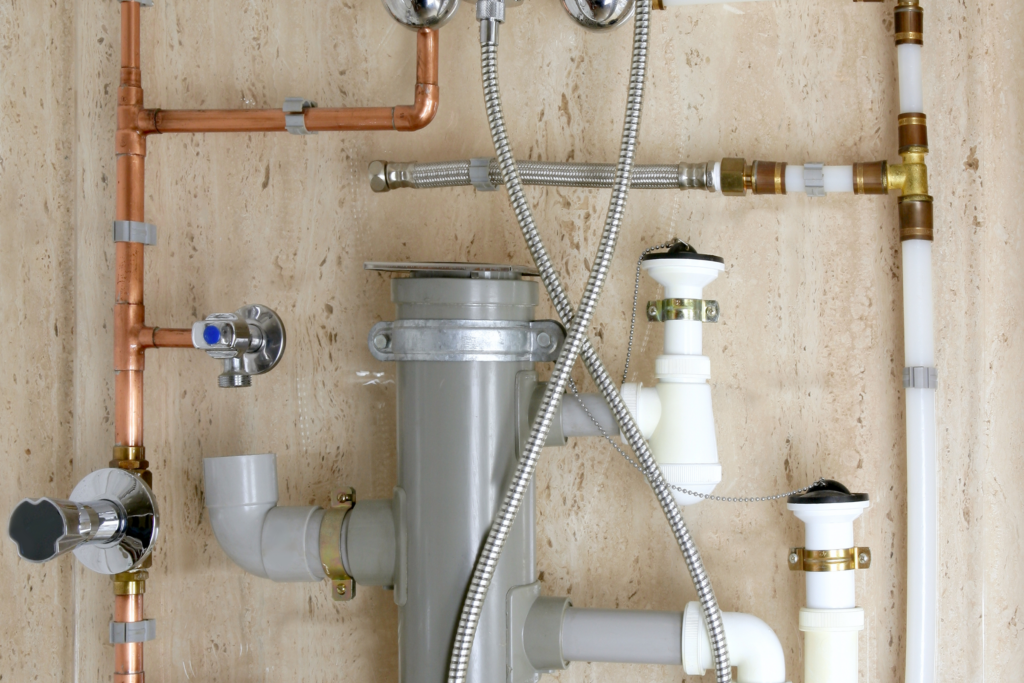
4. Old Shower Head
If cleaning does not solve the issue, it is possible that the shower head is outdated and needs replacement. Professionals advise you to change shower heads every 6 to 8 months.
Fix
Replace the shower head every 6 to 8 months
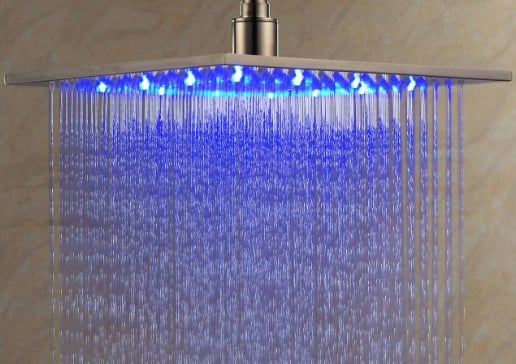
Troubleshooting A Shower With No Water When The Sinks Are Fine
It’s vital to understand that if the water doesn’t get through, the problem is with the piping. It is a considerably bigger job that may require work within the pipes to locate the clog.
So here are some actions to take if your shower isn’t working but the sinks are fine:
1. Check The Shower Valve
The first place to look is the shower valve. If you have a broken internal cartridge, water will not pass through, but the problem will not be visible from the outside.
As time passes, the cartridge becomes dusty and degraded. If it breaks, you will have to pay an additional price for a malfunctioning cartridge.
You can replace shower valves without prior plumbing knowledge, so if that’s the problem, it’s a simple repair. This covers cases in which you only need to replace the shower cartridge.
Ensure you reinstall the cartridge before fitting the showerhead.
You can look up replacement cartridges on Amazon.
2. Check If The Water Heater Is Functioning Correctly
When you turn off the heater, the pressure in the hot pipes drops. If the shower valves are pressure-balanced, cold water may also stop pouring while the valves balance the pressure on the cold end—and it could be unintentional.
If the heater malfunctions, for example, you may lose shower pressure until you correct the damage.
Additionally, this could arise because of a power outage. If a different circuit powers the heater, you may not discover it isn’t functional for some time.
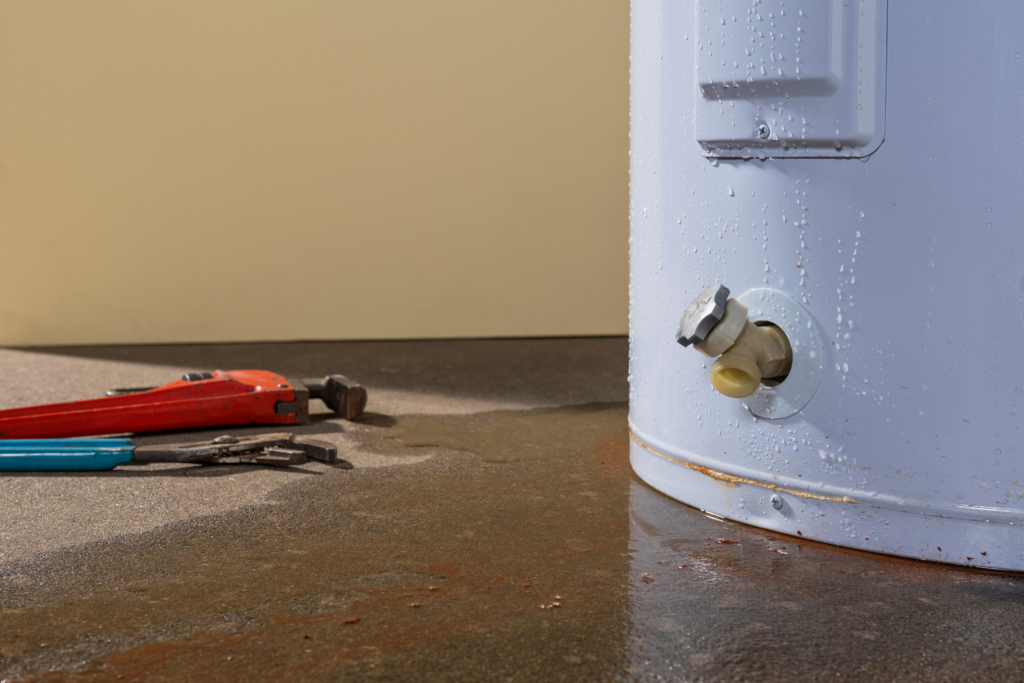
3. Check The Showerhead For Clogs
If the showerhead starts leaking or dripping when you turn on the water, chances are it is clogged.
Nonetheless, you may not always detect these signals. Sometimes the blockage is large enough to prevent water from coming through your showerhead.
Remove the shower head and turn the water on to see if that’s the problem. Replacing an outdated showerhead is a cost-efficient and straightforward DIY task.
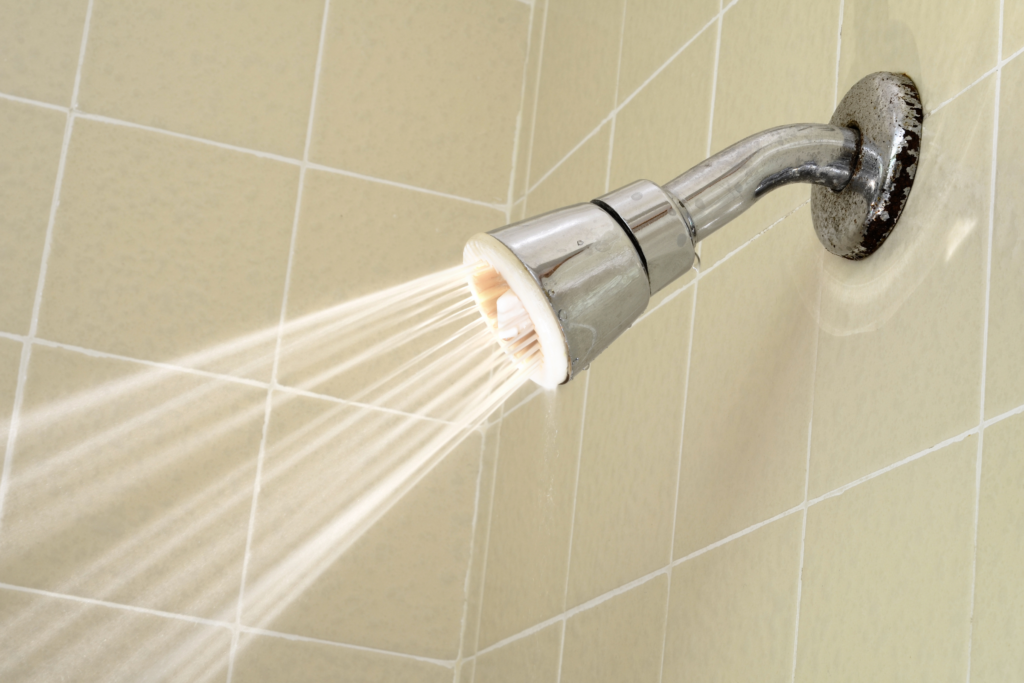
4. Check For Frozen Pipes
If the weather gets cold, frozen pipes may create water flow complications in some sections of your house. Check the piping to see whether anything has frozen.
Examine both the hot and cold water pipes. It may seem odd, but frozen cold water pipes hinder hot water from flowing smoothly.
It is true, especially in houses with pressure-balanced piping. Frozen pipes aren’t always easy to fix.
After the pipelines defrost, you must ensure that no cracks have developed. Once you unfreeze the pipes, hire an expert to assess your problem.
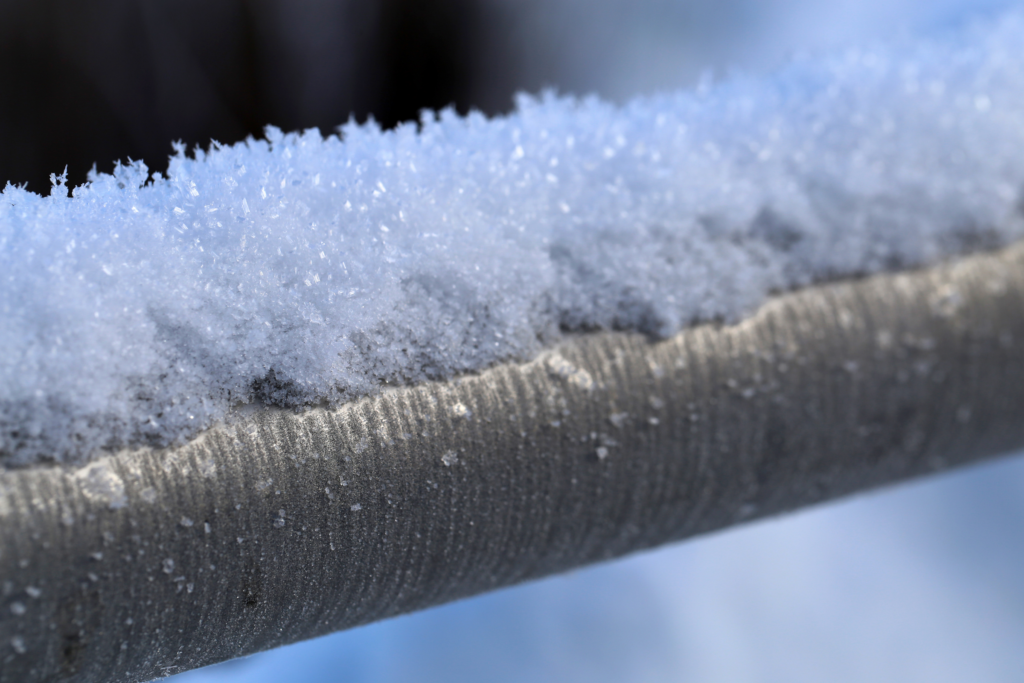
5. Check The Water Purifier
Many contemporary houses have a water purifier incorporated into their principal pipe network to filter impurities from the water supply. You may do this for the entire house rather than just specific access points such as drinking water taps.
Consequently, the shower water may pass through the purifying unit as well. If the water purifier is faulty, it can trigger a clog in your pipes.
Some systems use pumps to circulate water through the purifier. Therefore, a faulty component will cause problems.
If the water purifier connects to your plumbing through bypass valves, you can employ those as a makeshift workaround until you repair the purifier.
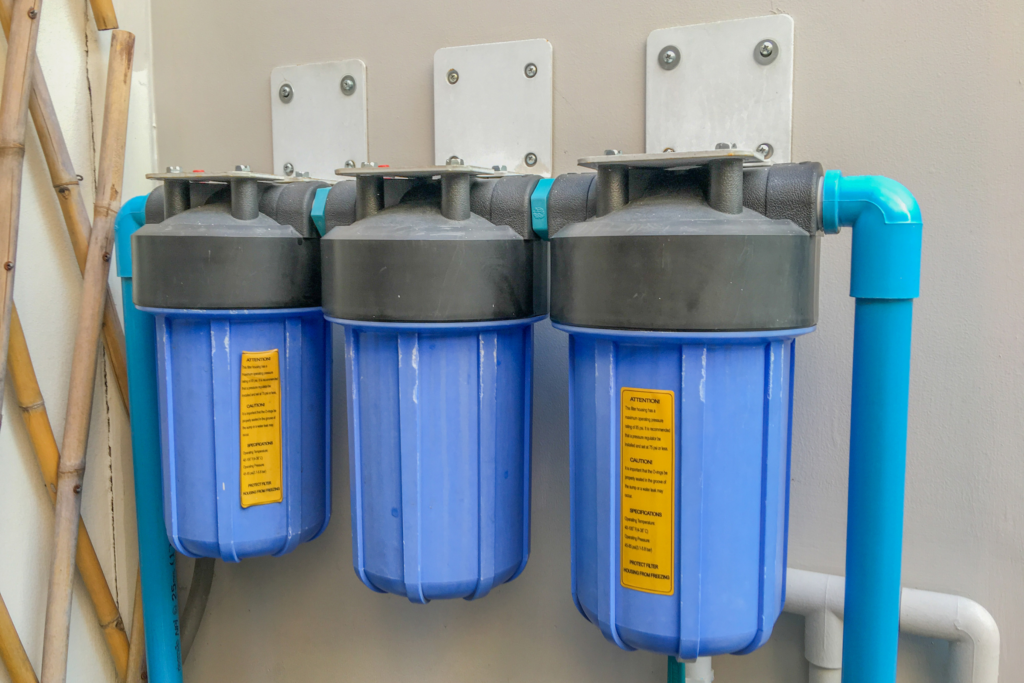
6. Check For Leaks
Checking the whole plumbing system for leaks is an uphill task, especially in a sizeable residence. However, if you’ve done everything else and found nothing unusual, it’s your only alternative before bringing in an expert.
A general idea of the arrangement of the plumbing will be integral here. It will help you focus your investigation on the most probable causes.
Inspect areas that have not been replaced or maintained for a long time. Sadly, in most circumstances, this is not an issue you can solve alone.
If you notice a leak, the best thing to do is shut off the water supply and contact a plumber. If you’re fortunate, you could turn off the water only partly without damaging the entire building.
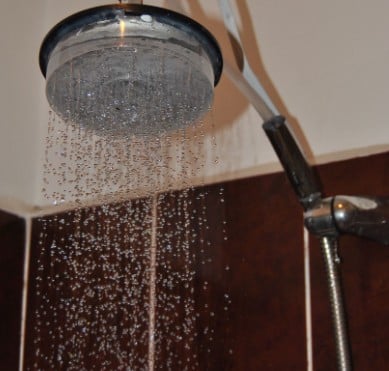
FAQs
1. How Do You Know If Your Shower Head Is Clogged?
Your showerhead is clogged if no water flows out of it or the water pressure is poor.
2. Why Is There No Water Coming Out My Shower?
Your shower has no water because the showerhead is blocked, there’s a malfunction with the shower head connection to the shower arm, or a more significant problem with a home’s pipes exists.
Final Remarks
There are numerous possible explanations if your shower isn’t running, but the sinks are. Examine your showerhead, shower valve, and any other plumbing fixtures.
Be patient with each stage to ensure that it lasts much longer and does not disappoint.
If the concern is a leak, don’t procrastinate in contacting a plumber. Otherwise, repairing the problem may become even more costly.
Also Read:
Let Us Know How We’re Doing!
Did this expertly prepared resource answer your question?
Do you have another question about home maintenance, home improvement projects, home appliance repair, or something else?
Get more information, send in questions and keep the discussion going by contacting the I’ll Just Fix It Myself company customer service team at at 1-800-928-1490 or Email us at [email protected]
